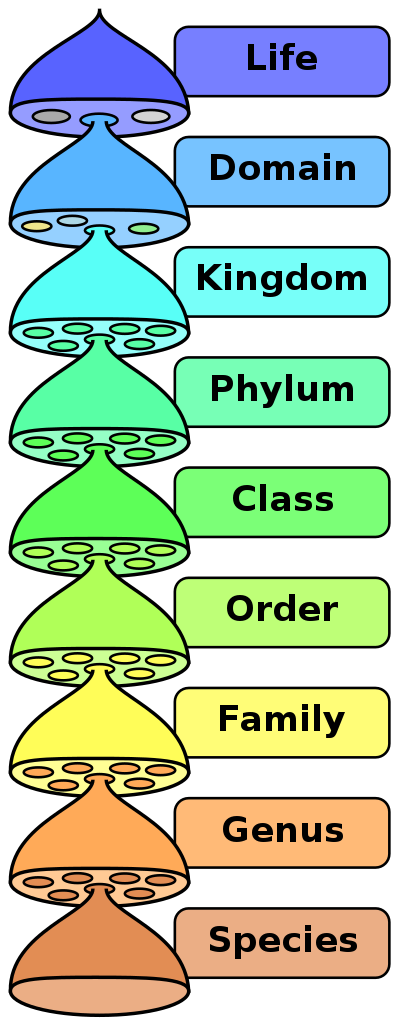74 Cognitive Development in Middle and Late Childhood
Martha Lally; Suzanne Valentine-French; and Dinesh Ramoo
Learning Objectives
- Describe Piaget’s concrete operational stage and the characteristics of concrete thought
- Describe information-processing research on memory, attention, knowledge base, metacognition, and critical thinking
- Describe language development and explain the three types of communication disorders
- Describe the theories of intelligence, including general “g,” triarchic theory, and Gardner’s multiple intelligences
- Explain how intelligence is measured, the tests used to assess intelligence, the extremes in intelligence, and the concern of bias
- Describe how language and culture influence the typical classroom
- Identify common disabilities in childhood and the legislation that protects them educationally
Recall from the last chapter that children in early childhood are in Piaget’s preoperational stage, and during this stage children are learning to think symbolically about the world. Cognitive skills continue to expand in middle and late childhood as thought processes become more logical and organized when dealing with concrete information. Children at this age understand concepts such as past, present, and future, giving them the ability to plan and work toward goals. Additionally, they can process complex ideas such as addition and subtraction and cause-and-effect relationships.
Concrete Operational Thought
From ages seven to eleven, children are in what Piaget referred to as the concrete operational stage of cognitive development (Crain, 2005). This involves mastering the use of logic in concrete ways. The word concrete refers to that which is tangible; that which can be seen, touched, or experienced directly. The concrete operational child is able to make use of logical principles in solving problems involving the physical world. For example, the child can understand principles of cause and effect, size, and distance.
The child can use logic to solve problems tied to their own direct experience, but has trouble solving hypothetical problems or considering more abstract problems. The child uses inductive reasoning, which is a logical process in which multiple premises believed to be true are combined to obtain a specific conclusion. For example, a child has one friend who is rude, another friend who is also rude, and the same is true for a third friend. The child may conclude that friends are rude. We will see that this way of thinking tends to change during adolescence and is replaced with deductive reasoning. We will now explore some of the major abilities that the concrete child exhibits.
Classification: As children’s experiences and vocabularies grow, they build schemata and are able to organize objects in many different ways. They also understand classification hierarchies and can arrange objects into a variety of classes and subclasses.

Identity: One feature of concrete operational thought is the understanding that objects have qualities that do not change even if the object is altered in some way. For instance, the mass of an object does not change by rearranging it. A piece of chalk is still chalk even when the piece is broken in two.
Reversibility: The child learns that some things that have been changed can be returned to their original state. Water can be frozen and then thawed to become liquid again. But eggs cannot be unscrambled. Arithmetic operations are reversible as well: 2 + 3 = 5 and 5 – 3 = 2. Many of these cognitive skills are incorporated into the school’s curriculum through mathematical problems and in worksheets about which situations are reversible or irreversible.
Conservation: Remember the example in our last chapter of preoperational children thinking that a tall beaker filled with 8 ounces of water was “more” than a short, wide bowl filled with 8 ounces of water? Concrete operational children can understand the concept of conservation, which means that changing one quality (in this example, height or water level) can be compensated for by changes in another quality (width). Consequently, there is the same amount of water in each container, although one is taller and narrower and the other is shorter and wider.
Decentration: Concrete operational children no longer focus on only one dimension of any object (such as the height of the glass) and instead consider the changes in other dimensions too (such as the width of the glass). This allows for conservation to occur.
Seriation: Arranging items along a quantitative dimension, such as length or weight, in a methodical way is now demonstrated by the concrete operational child. For example, they can methodically arrange a series of different-sized sticks in order by length, while younger children approach a similar task in a haphazard way.
These new cognitive skills increase the child’s understanding of the physical world, however, according to Piaget, they still cannot think in abstract ways. Additionally, they do not think in systematic scientific ways. For example, when asked which variables influence the period that a pendulum takes to complete its arc, and given weights they can attach to strings in order to do experiments, most children younger than twelve perform biased experiments from which no conclusions can be drawn (Inhelder and Piaget, 1958).
Media Attributions
- Figure 5.6: Children in the concrete operational stage understand how to classify organisms. © Peter Halasz is licensed under a Public Domain license

